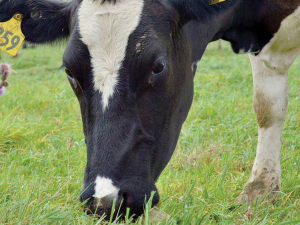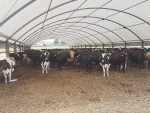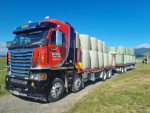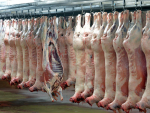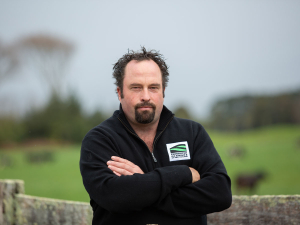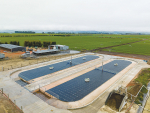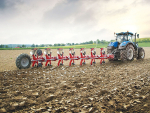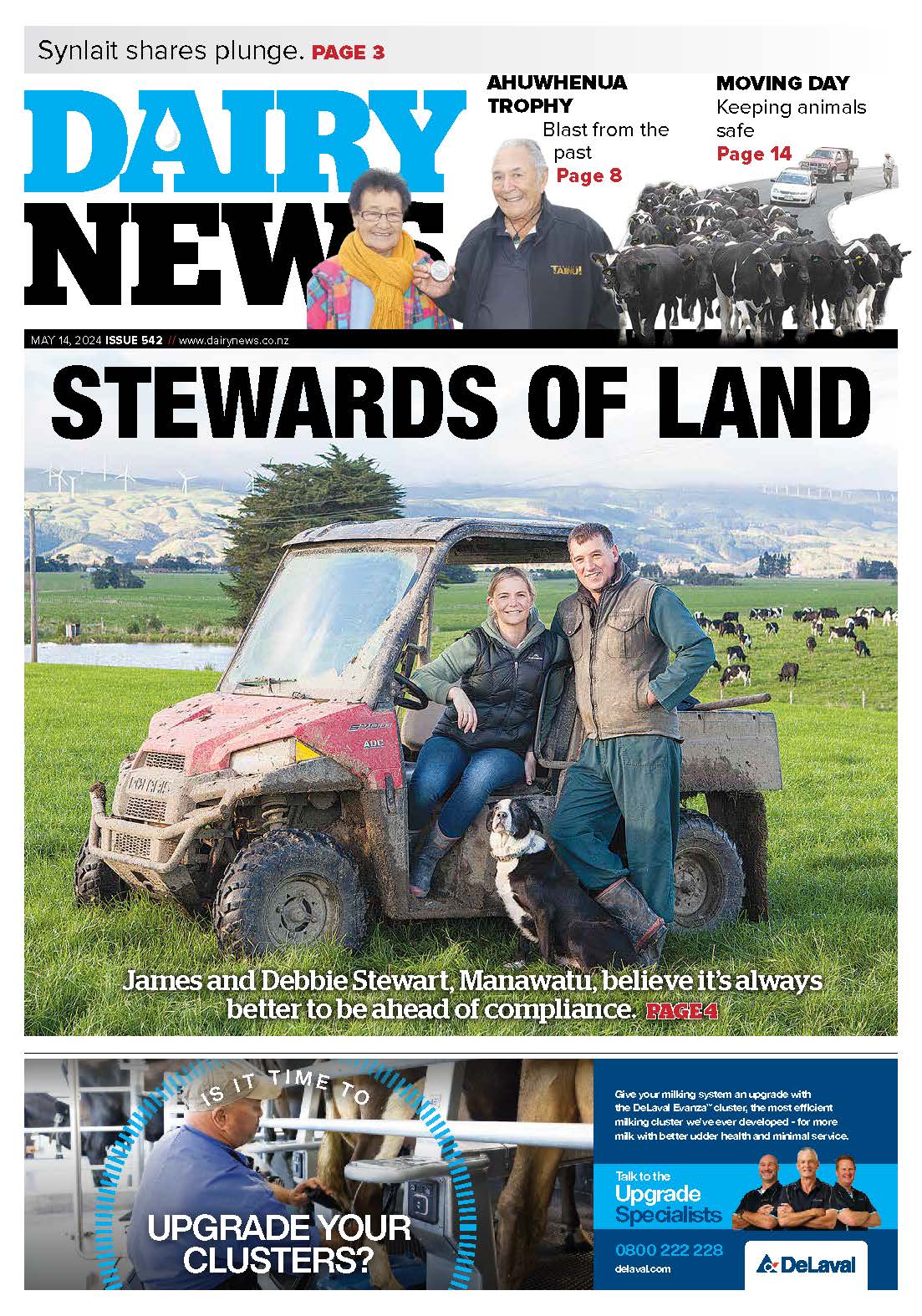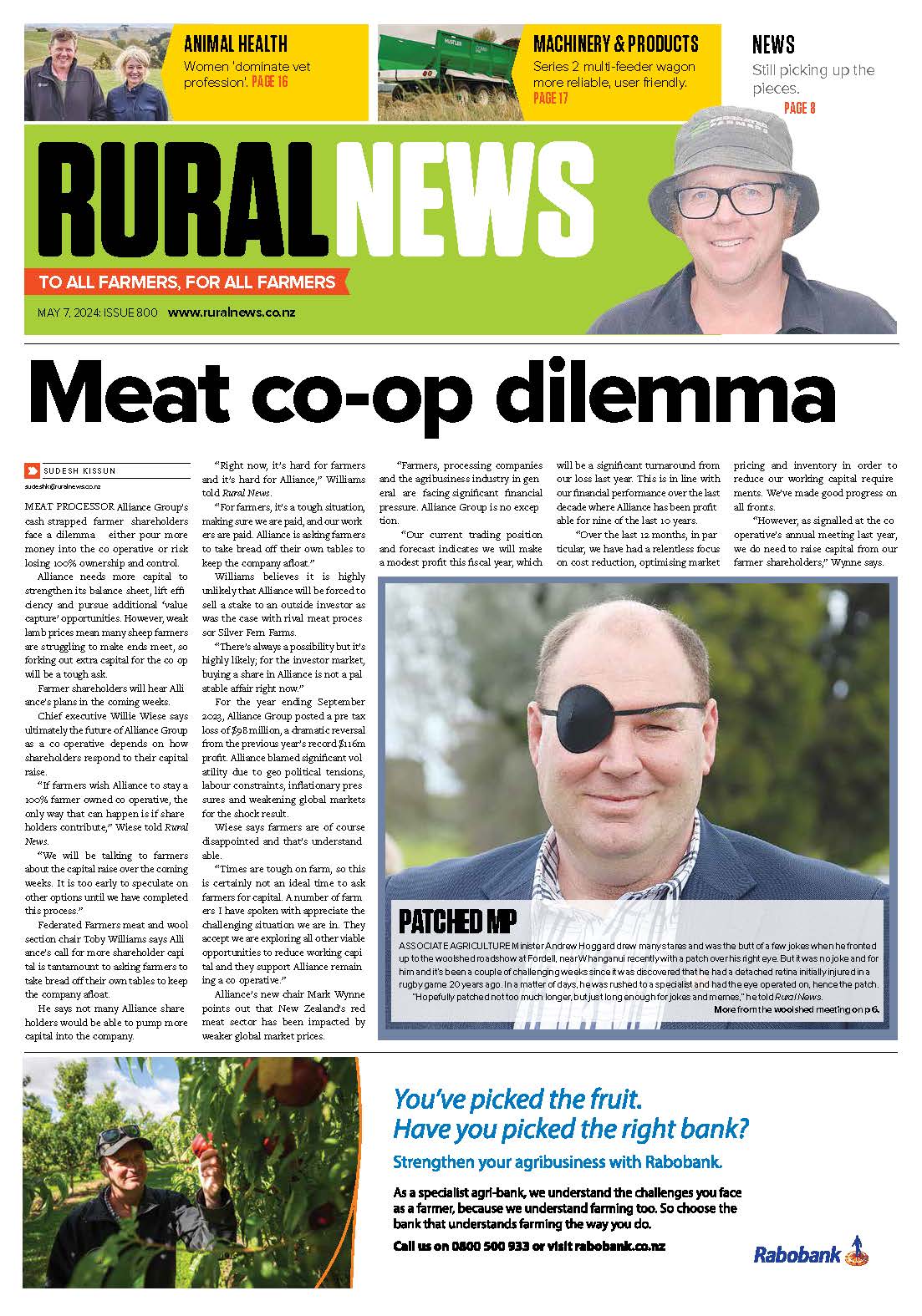What should you keep in mind when choosing trace mineral products? Greg Jarratt, vet and director of Matamata Veterinary Services explains.
Since as early as the 1940’s and 1950’s NZ agricultural research scientists were looking into the common causes of ill thrift in NZ commonly described as ‘peat scours, white muscle disease and bush sickness’.
At the time these diseases were found to be linked to widespread deficiency in NZ soils of important trace minerals such as copper, selenium and cobalt.
Besides identifying these links there was also development of ‘reference ranges’ for animal tissue sampling (Blood & Liver) that paved the way for accurate diagnosis and treatment of the trace mineral deficiencies.
From this work Veterinarians then used these new reference ranges in routine screening of trace element deficiency, and industry responded by developing multiple commercially available treatment options for NZ producers. These options ranged from application of supplementary fertilisers delivering trace elements to deficient soils through to direct treatment of livestock with boluses, injections and daily supplementation via water supply.
More recently, there has been an ‘explosion’ in number of the water soluble options available to farmers with companies attempting to establish their place in the market, leading to confusion as to which is the best value option.
Water soluble products can range from as little as 1 – 2 cents per cow per day through to more than 10 cents per cow per day. Often the more expensive options are accompanied with specific claims and anecdotal evidence supporting their efficacy. However, disappointingly this information is seldom based on good robust scientific trial work making it difficult to be able to compare one from the other.
Amongst all this confusion, it is important to keep things simple by remembering:
• The majority of NZ soils are deficient in trace minerals
• Failure to either monitor animals or provide additional trace minerals increases your animals chance of suffering ‘ill thrift’
• The majority of commercially available products are sufficient to bolster levels in most situations to a point where ill thrift is no longer obvious
• As production levels increase the requirement for supplementation increases
• More expensive products claiming additional health benefits require closer scrutiny of the data supplied to ensure you are receiving value for money
• There are a small number of products with some very good science supporting claims specific to improving animal health.
Therefore, by ensuring either trace element monitoring or supplementation (or both!) is in place should in most instances prevent ill thrift, if you are considering going to the next level, make sure you understand the research backing the product.
Your local Veterinarian will be able to provide you with further advice in helping you to decide on what is best for your herd.
This article is brought to you by J. Swap Stockfoods.
• Greg Jarratt is a vet and director of Matamata Veterinary Services.





